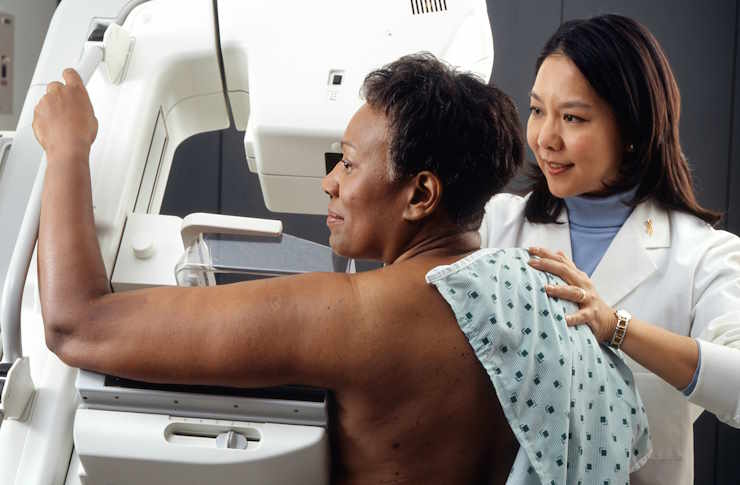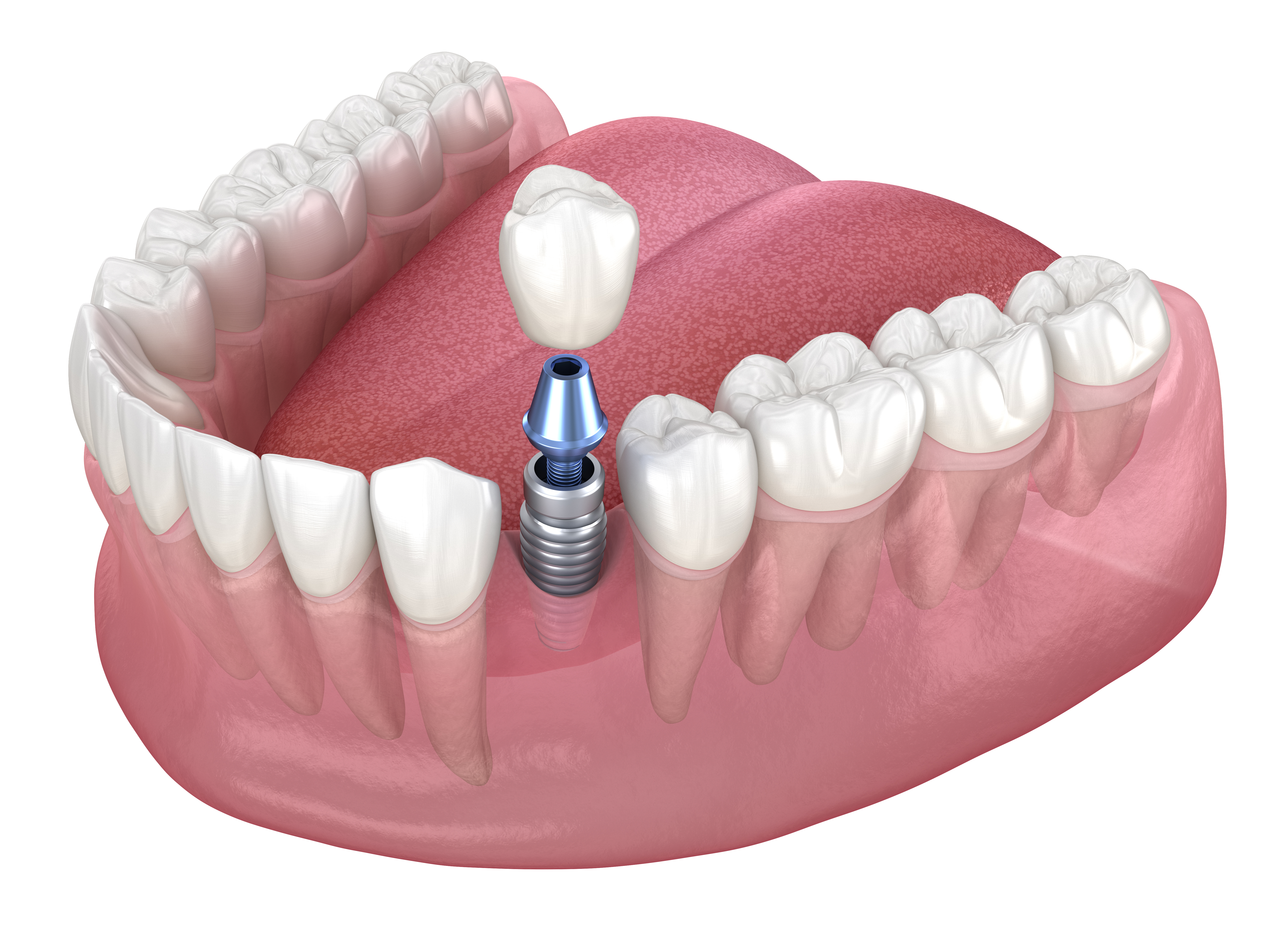Understanding Prostate Cancer Treatment: Options and Advances
Prostate cancer is a significant health concern for men, particularly as they age. Effective treatment begins with early detection and understanding the available options. This article will explore the various aspects of prostate cancer treatment, including signs to watch for, early detection methods, and the latest advancements in care.

What are the signs of prostate cancer?
Prostate cancer often develops slowly and may not cause noticeable symptoms in its early stages. However, some men may experience:
-
Frequent urination, especially at night
-
Difficulty starting or stopping urination
-
Weak or interrupted urine flow
-
Blood in urine or semen
-
Discomfort in the pelvic area
-
Bone pain, particularly in the lower back, hips, or chest
It’s important to note that these symptoms can also be caused by non-cancerous conditions, such as benign prostatic hyperplasia (BPH). Therefore, it’s crucial to consult a healthcare professional for proper evaluation.
How is prostate cancer detected early?
Early detection of prostate cancer significantly improves treatment outcomes. The two primary screening methods are:
-
Prostate-Specific Antigen (PSA) This blood test measures the level of PSA, a protein produced by the prostate gland. Elevated PSA levels may indicate prostate cancer, although other conditions can also cause high PSA.
-
Digital Rectal Exam (DRE): During this physical examination, a doctor checks the prostate gland for any abnormalities in size, shape, or texture.
Regular screenings are recommended for men starting at age 50, or earlier for those with higher risk factors such as family history or African American heritage.
What are the physical symptoms of prostate cancer?
As prostate cancer progresses, more noticeable physical symptoms may develop:
-
Erectile dysfunction
-
Pain or burning sensation during urination
-
Difficulty emptying the bladder completely
-
Unexplained weight loss
-
Fatigue
-
Swelling in the legs or feet
-
Changes in bowel habits
These symptoms often appear in advanced stages of the disease, emphasizing the importance of early detection through regular screenings.
What treatment options are available for prostate cancer?
Treatment for prostate cancer depends on various factors, including the stage of cancer, overall health, and personal preferences. Common options include:
-
Active Surveillance: For low-risk, slow-growing cancers, doctors may recommend monitoring the cancer closely without immediate treatment.
-
Surgery: Radical prostatectomy involves removing the entire prostate gland and some surrounding tissue.
-
Radiation Therapy: This can be delivered externally (External Beam Radiation Therapy) or internally (Brachytherapy).
-
Hormone Therapy: This treatment reduces testosterone levels to slow cancer growth.
-
Chemotherapy: Used for more advanced cases, chemotherapy drugs kill cancer cells throughout the body.
-
Immunotherapy: This emerging treatment boosts the body’s natural defenses to fight cancer.
What are the latest advancements in prostate cancer treatment?
Recent years have seen significant progress in prostate cancer treatment:
-
Robotic-assisted surgery: Offers more precise removal of cancerous tissue with potentially fewer side effects.
-
Proton beam therapy: A type of radiation therapy that may reduce damage to surrounding healthy tissue.
-
Focal therapies: These targeted treatments aim to destroy small tumors while preserving prostate function.
-
Genomic testing: Helps predict how aggressive a cancer might be, guiding treatment decisions.
-
PARP inhibitors: A new class of drugs showing promise for certain types of prostate cancer.
These advancements are continually improving outcomes and quality of life for prostate cancer patients.
How do treatment costs compare for different prostate cancer therapies?
Treatment costs for prostate cancer can vary widely depending on the chosen method, location, and individual case complexity. Here’s a general comparison of some common treatments:
| Treatment | Estimated Cost Range | Key Considerations |
|---|---|---|
| Active Surveillance | $2,000 - $5,000 per year | Regular monitoring costs |
| Radical Prostatectomy | $15,000 - $35,000 | Surgical procedure, hospital stay |
| External Beam Radiation | $20,000 - $50,000 | Multiple sessions over weeks |
| Brachytherapy | $10,000 - $25,000 | Less invasive radiation option |
| Hormone Therapy | $10,000 - $30,000 per year | Ongoing treatment costs |
| Chemotherapy | $30,000 - $100,000 | Multiple cycles, drug costs |
Prices, rates, or cost estimates mentioned in this article are based on the latest available information but may change over time. Independent research is advised before making financial decisions.
It’s important to note that these figures are estimates and can vary significantly based on individual circumstances, insurance coverage, and geographical location. Many patients combine different treatments, which can affect overall costs. Always consult with healthcare providers and insurance companies for accurate, personalized cost information.
In conclusion, prostate cancer treatment has come a long way, offering various options for different stages and types of the disease. Early detection remains crucial, and men should be aware of potential signs and symptoms. With ongoing advancements in treatment technologies and approaches, the outlook for prostate cancer patients continues to improve. However, each case is unique, and treatment decisions should be made in close consultation with healthcare professionals, considering both medical factors and personal preferences.
This article is for informational purposes only and should not be considered medical advice. Please consult a qualified healthcare professional for personalized guidance and treatment.




